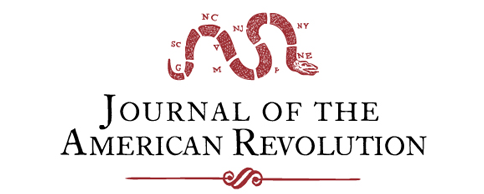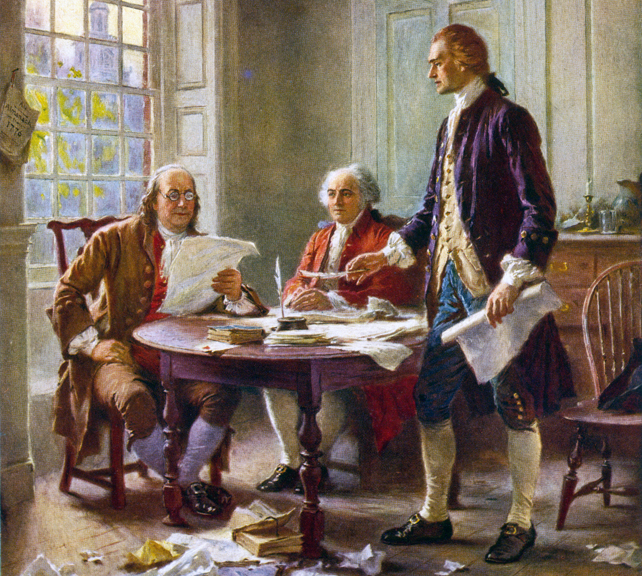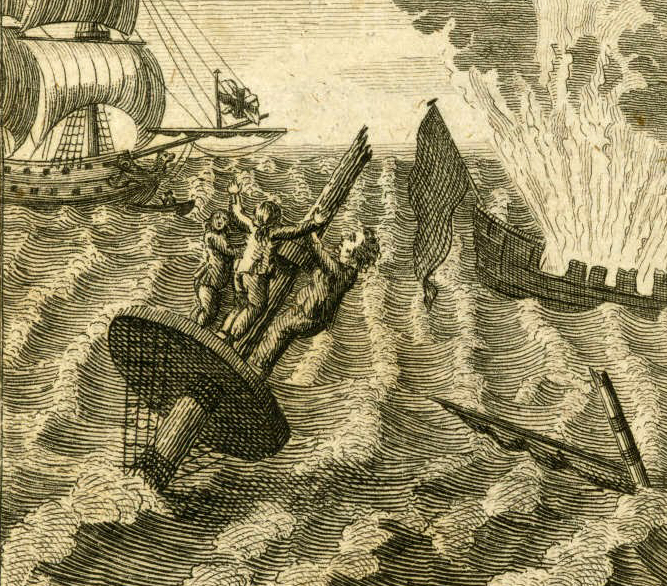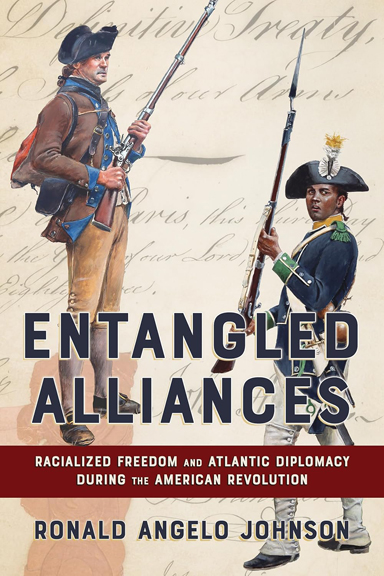Moses Kirkland was a man born into the unsettled margins of South Carolina, where ambition and survival often blurred together. By the mid-1770s he was a planter of modest means, a militia captain in the backcountry, and a restless figure whose loyalties shifted with the winds of opportunity. In the opening year of the Revolution, he aligned briefly with the Provincial Congress, only to switch his allegiance when the rebellion hardened into war. That decision would place him on a path both remarkable and ill‑fated: from provincial captain to Loyalist courier, from prisoner in Philadelphia to exile upon the sea. His life, in many ways, mirrors the turbulence of the southern frontier itself.[1]
By 1775 Kirkland had caught the attention of royal officials who were eager for allies in the Carolinas and Georgia. East Florida’s governor, Patrick Tonyn, sought ways to knit together Loyalist strength in the backcountry with Indian alliances that could threaten the rebel provinces from the south. Lord Dunmore, governor of Virginia, had already demonstrated a willingness to employ enslaved men and Native allies on behalf of the Crown, while Lord William Campbell, last royal governor of South Carolina, looked for any opening to regain control of Charlestown and the surrounding country. Together, these men penned letters insisting that the southern colonies were filled with untapped Loyalists, men who would rise by the thousands if only the king’s troops arrived in force. Charlestown and Savannah, they urged, offered the key to restoring royal authority.[2]
Kirkland became their chosen courier. In December 1775 he boarded the small vessel Betsey at St. Augustine, carrying more than forty-five letters from Tonyn, John Stuart of the Southern Indian Department, and Lord Dunmore, bound first for Gen. Thomas Gage in Boston and ultimately for London. It was a bold mission: the Atlantic seaboard bristled with rebel patrols, and couriers captured in possession of such dispatches risked being hanged as spies. Kirkland, however, was undeterred. Perhaps he saw in this voyage a chance to prove his worth to the Crown, to transform himself from a backcountry planter into a man of consequence.[3]
The voyage was short lived. Off Cape Cod, Capt. John Manley of the Continental Navy seized the Betsey and its cargo. Kirkland was taken prisoner, and the dispatches—“of great consequence,” as George Washington soon wrote—were rushed to Washington’s headquarters in Cambridge outside Boston. Newspapers quickly picked up the story. The Virginia Gazette and Maryland Gazette printed the tale of the captured Loyalist courier, casting Kirkland as a traitor to his province and a willing agent of the king.[4]
Washington himself examined Kirkland. In his correspondence, the commander in chief downplayed the prisoner’s importance, remarking that he seemed more like a rustic farmer than a scheming Loyalist officer. This may well have been the impression Kirkland intended to give: a plain backwoodsman caught in affairs larger than himself. The pose likely spared his life. Though captured with enemy dispatches in his possession—an offense that might easily have earned him the gallows—Congress did not treat him as a spy of first rank. Instead, he was confined in Philadelphia, imprisoned rather than executed.[5]
Kirkland’s captivity held another cruel twist. His twelve-year-old son had fled South Carolina with him and shared in his misfortune. The boy, scarcely more than a child, was also arrested and imprisoned. The plight of father and son, swept into the storm of revolution together, became a small but telling detail of the Loyalist experience: families uprooted, children caught in the same peril as their parents.[6]
The intercepted letters themselves proved to be the true prize. They confirmed what rebel leaders had suspected—that the Crown’s southern governors were conspiring to mobilize Loyalists and Indians against the rebellion. They named names, revealed intentions, and furnished proof that the king’s agents believed the South could be turned. Washington forwarded the correspondence to Congress, which saw in it both intelligence and propaganda value. It stiffened Patriot resolve, justified suspicion of southern Loyalists, and made clear that Charlestown and Savannah were already under the gaze of royal strategy.[7]
London had already set its southern designs in motion. By December 1775, before Kirkland’s capture, Gen. Henry Clinton and Admiral Peter Parker had been ordered for an expedition against Charleston. The Loyalists of North Carolina, aware of this plan, rallied prematurely and were defeated at Moore’s Creek Bridge in early 1776. Kirkland’s captured dispatches would not have initiated the Southern Strategy; rather, they corroborated its existence and armed the rebels with evidence of the danger they faced. In this way, the courier’s failure strengthened the very cause he opposed.[8]
Kirkland managed to escape from Philadelphia in May 1776, reappearing by 1777 in East Florida. There, under the patronage of Indian Superintendent John Stuart, he was appointed deputy superintendent. He handed out presents, negotiated with Creek and Seminole allies, and lent his energies to sustaining the Loyalist cause. Though never entrusted with great power, he continued to seek distinction. In 1780 he took part in the relief of Thomas Brown’s besieged Loyalists at Augusta, fighting alongside Creek allies in a striking example of how imperial strategy, Native alliances, and local Loyalists intertwined.[9]
Still, ambition outran achievement. Kirkland angled for higher command, even aspiring to a brigadiership in the backcountry militia, but his bid was rejected. Disappointed, he resigned in 1780. Like many Loyalists, his war ended not in glory but in displacement. He could not return to his plantation in South Carolina, where the Patriot government under leaders like William Henry Drayton had branded him a traitor and confiscated Loyalist estates. Nor did the British offer him the advancement he craved. With no home to return to and no secure place in the empire’s ranks, Kirkland drifted into exile of necessity, not decree. He fled to Jamaica and later attempted passage to England to press his claims for compensation. Somewhere upon the Atlantic he vanished, lost at sea.[10]
Kirkland’s story, viewed in full, is less about a master strategist than about a man whose actions illuminated the wider conflict. He was a courier whose intercepted letters strengthened the Patriot cause, a prisoner who survived by passing himself off as an unremarkable farmer, a Loyalist father whose son shared his imprisonment, and a restless refugee whose life ended adrift. His story, though marginal in the grand narrative, offers a vivid window into how strategy, loyalty, and family entangled in the American Revolution.[11]
[1] Walter Edgar, Partisans and Redcoats (New York: HarperCollins, 2001), 25‑27.
[2] Robert S. Lambert, South Carolina Loyalists in the American Revolution (Columbia: University of South Carolina Press, 1987), 44‑46.
[3] Naval Documents of the American Revolution, Vol. 3 (Washington, D.C.: Government Printing Office, 1966), 1375‑77.
[4] Ibid., 1378; Virginia Gazette (Purdie), May 17, 1776; Maryland Gazette, May 16, 1776.
[5] George Washington to Continental Congress, January 1776, The Papers of George Washington, Revolutionary War Series, Vol. 3 (Charlottesville: University of Virginia Press, 1988), 215‑17.
[6] Edgar, Partisans and Redcoats, 53.
[7] Naval Documents of the American Revolution, 3:1380‑81.
[8] David K. Wilson, The Southern Strategy (Columbia: University of South Carolina Press, 2005), 62‑64.
[9] Edward J. Cashin, The King’s Ranger: Thomas Brown and the American Revolution on the Southern Frontier (Athens: University of Georgia Press, 1989), 101‑103.
[10] John Buchanan, The Road to Guilford Courthouse (New York: Wiley, 1997), 55‑56; Lambert, South Carolina Loyalists, 211‑12.
[11] Wayne Lynch, “Moses Kirkland and the Southern Strategy,” Southern Campaigns of the American Revolution, April 26, 2015, southern-campaigns.org/moses-kirkland-and-the-southern-strategy/.








One thought on “Moses Kirkland and the Origins of the Southern Strategy”
My compliments to the author and JAR for telling a compelling and overlooked story. I’m happy to fill in a small piece of Kirkland’s narrative that was not discussed in the article. In May 1776, Kirkland escaped Philadelphia into New Jersey, bound for the British naval squadron at Sandy Hook. Newspapers advertised his escape and offered a reward for his re-capture: “It is said he crossed over Delaware at Cooper’s ferry last night, and it is supposed will either endeavor to get on board one of the men of war in the river, or at Sandy Hook . The public are earnestly desired to endeavor to apprehend this dangerous enemy to the American cause, and a reward of TWO HUNDRED DOLLARS is hereby offered to any person, or persons, that shall take and bring him back to the jail of this city, and all reasonable charges paid . THOMAS M’KEAN.” If Kirkland did make it to Sandy Hook (and he probably did), he would have been one of several Loyalists escaping to the British naval squadron at that time.